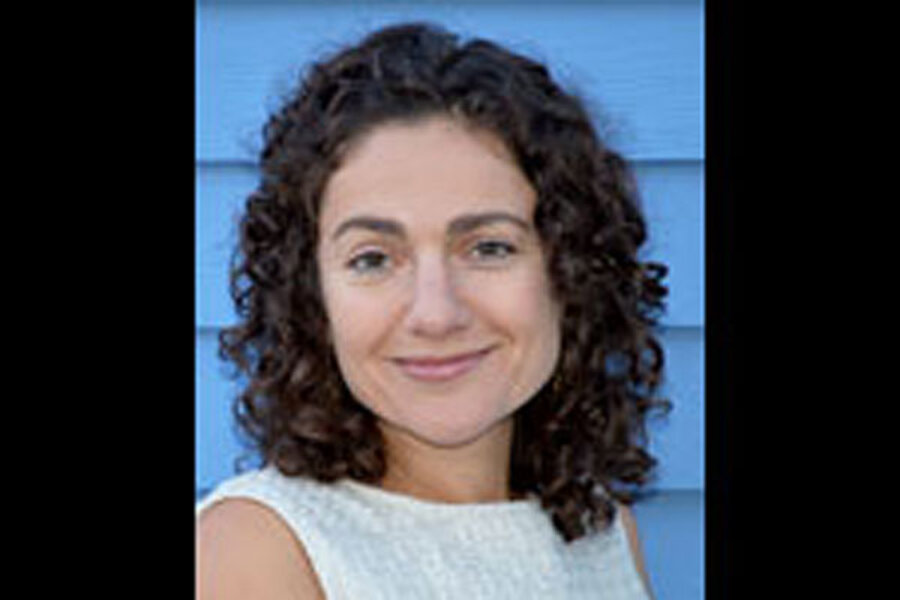NASA's new astronaut class marks changing of guard for US spaceflight
Loading...
If there ever was a changing of the guard within the US astronaut corps, perhaps it came Monday.
NASA announced the selection of four men and four women as its newest astronaut candidates, the first newcomers to the corps in four years.
For the first time, no classmate was alive – either as tot or teen – during the Apollo missions, Skylab, or the Apollo-Soyuz rendezvous between spacecraft launched by intense geopolitical rivals, the US and the former Soviet Union. Instead, theirs was the space-shuttle era – with its tragedies as well as its successes – and the birth and growth of the International Space Station.
Both have been criticized in some circles as inspirational duds.
And if the future direction of NASA's human spaceflight program keeps twisting and folding back on itself in a political taffy-pull between NASA, the White House, and Congress, that doesn't seem to be discouraging would-be space travelers..
More than 6,300 people applied for eight openings – the second-largest number of applicants in the agency's history, officials say. Of those, 120 qualified to undergo initial interviews. The screening committee winnowed that down to 49 for a battery of rigorous physical and psychological tests, and another interview.
What emerged was the Elite Eight from a variety of military and civilian backgrounds, but with much in common – virtually all have scuba-diving experience experience (think spacewalks), two have worked at isolated research stations in Greenland or Antarctica (space station and missions beyond low-Earth orbit), and several boast test-pilot credentials.
For instance, the class includes Marine Maj. Nichole Mann, an F-18 pilot who served in Iraq, graduated from test-pilot school, and is a test-pilot operations officer at Naval Air Station Patuxent River in Maryland.
What if some have no front-seat, fighter-jet experience? No problem. Candidate Jessica Meir, an assistant professor at Harvard Medical School, has a private pilot's license. But she and her classmates will head down to Pensacola Naval Air Station for training in high-performance jets.
"I'm really excited about going to Pensacola for flight training in jets," she said in a prerecorded video. Indeed, none of the candidates was present for the rollout of their training class because all were busy at home tying up loose ends before moving to Houston.
The new class also represents the first to host an even split between men and women – a fitting, if purportedly unintentional nod to Sunday's 50th anniversary of the first woman to reach space, Soviet cosmonaut Valentina Tereshkova, who orbited Earth 48 times before reentering.
"We never determine how many people of each gender we're going to take," said Janet Kavandi, an astronaut and director of flight-crew operations at NASA's Johnson Space Center in Houston, during a briefing Monday to introduce the new candidates. "These were the most qualified people of the ones we interviewed."
The even split "is a great tribute to women today. They are going into fields that are much more demanding," which puts them on an equal footing with male candidates, Dr. Kavandi said.
For all its generational break with the past, the new class carries echoes of the astronaut corps' early days through the beginning of the shuttle program, when a premium was placed on test-pilot experience because each new step along the way involved building and testing new spacecraft. Today, NASA is embarked on building a new launch system, including its Orion capsule, which is designed to send astronauts beyond low-Earth orbit. Meanwhile, the Hawthorne, Calif.-based company SpaceX is preparing its Dragon capsule to carry astronauts to and from the space station.
But the agency also is placing a high priority on a different set of skills than it once did, suggested Kavandi.
With only four US astronauts traveling to the space station each year, the corps is smaller, she said. But that also means each person needs to have a variety of skills "they can bring forward."
"The people that tend to be the most successful are the people that have shown a lot of experience in remote operations. They're very hands-on type people. They are comfortable in different cultures and countries," she said.
But they also have to know how to deal with discomfort, she added. The candidates in the new class work or play in extreme environments. It's easier for people to adjust to space if they've endured physical hardships on Earth, she added.
Persistence also pays. During his video presentation, Air Force Lt. Col. Nick Hague noted that this was the third time he'd applied for an astronaut position
The size of the astronaut corps has dropped from a high of about 149 in 2000 to 48 active-duty astronauts today, driven in no small part by the end of the space shuttle program in 2011. Shuttles were launching several times a year, with each mission carrying a crew of six to seven astronauts.
A study by the National Research Council, conducted as the shuttle program wound down, noted that for the foreseeable future, NASA would need between 45 and 55 active astronauts to fulfill to staff the space station and meet any future exploration needs. The new crop of candidates brings the number up to 49.







